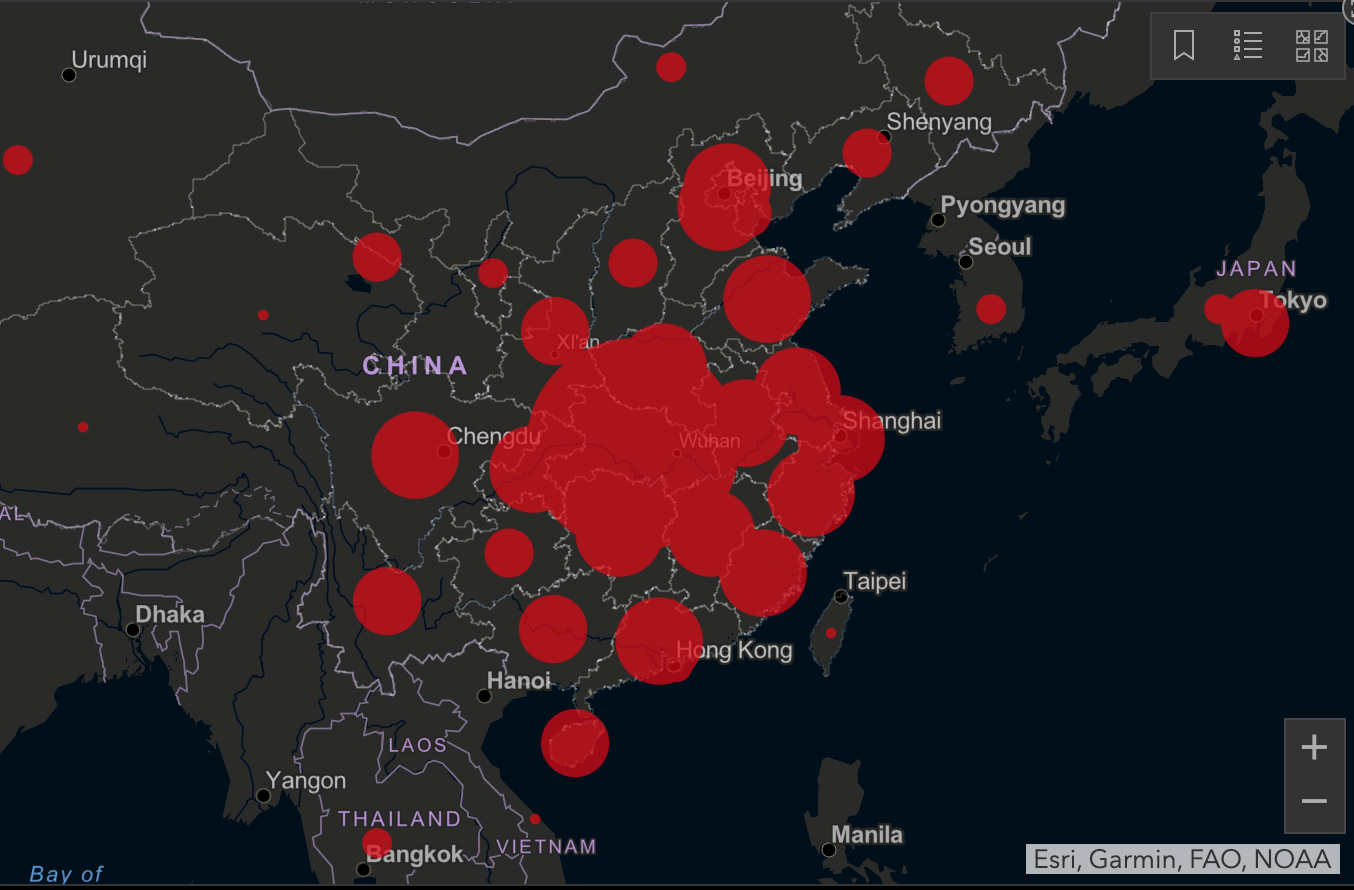Repurposing agricultural support policies for improved nutritional outcomes and green and low-carbon development
China’s economy has developed rapidly in recent years, achieved historic reductions in poverty, and has met the ambitious goal of creating a moderately prosperous society. In this new stage, the Chinese government has announced multiple development goals, including improving national nutrition and health, achieving green, low-carbon, and sustainable development, and achieving common prosperity, and made commitments to reach its carbon emission peak before 2030 and achieve carbon neutrality before 2060. Great changes have taken place in China’s agrifood systems in this process, with a significant increase in agricultural productivity, extension of supply chains, an increased supply of agricultural products, and a significant improvement in residents’ food consumption, nutrition, and health. Agricultural support policies have played an important role in promoting agrifood systems transformation, increasing agricultural production, ensuring food quantity, and providing residents with abundant and diverse food.
Authors
Zhang, Yumei; Fan, Shenggen; Si, Wei; Lan, Xiangmin; Wang, Jingjing; Chen, Kevin Z.
Citation
Zhang, Yumei; Fan, Shenggen; Si, Wei; Lan, Xiangmin; Wang, Jingjing; and Chen, Kevin Z. 2022. Repurposing agricultural support policies for improved nutritional outcomes and green and low-carbon development. China and global food policy report 2022: Reforming agricultural support policy for transforming agrifood systems. Academy of Global Food Economics and Policy, China Agricultural University (AGFEP); China Academy for Rural Development, Zhejiang University (CARD); Centre for International Food and Agricultural Economics, Nanjing Agricultural University (CIFAE); Institute of Agricultural Economics and Development, Chinese Academy of Agricultural Sciences (IAED); International Food Policy Research Institute (IFPRI). Chapter 4, Pp. 56-70. http://agfep.cau.edu.cn/module/download/downfile.jsp?classid=0&filename=6dbb930c64de42458dc72edba23fbcdf.pdf
Keywords
Eastern Asia; Asia; Supply Chains; Economic Situation; Agricultural Products; Health; Agricultural Policies; Development Policies; Sustainable Development; Nutrition; Agrifood Systems; Food Consumption; Carbon Emissions; Poverty; Dietary Diversity
Access/Licence
Open Access
Project
Low-Emission Food Systems








